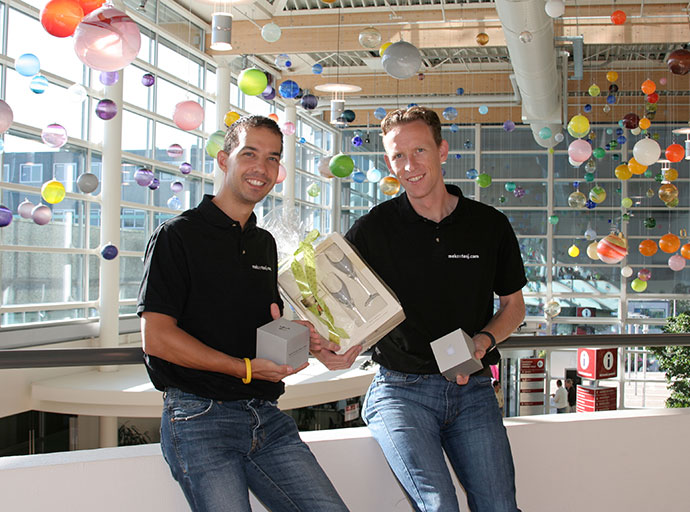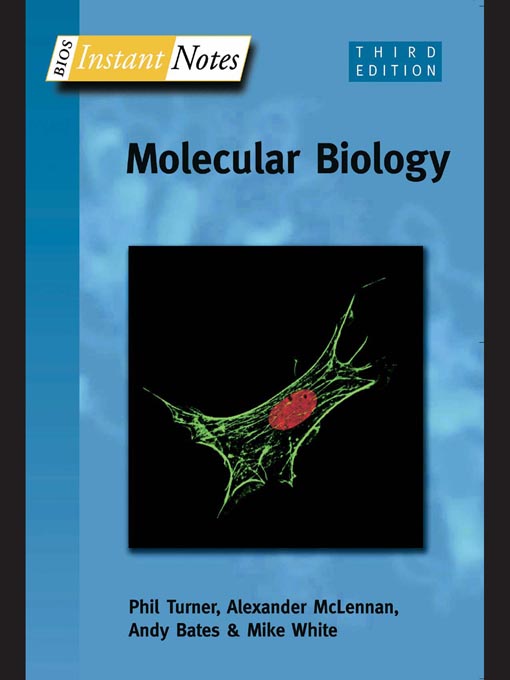

Hence, targeting key species related to biofilm forming rather than free-living cells has been found effective to block biofouling. Interspecific interactions including cross-feeding and metabolic exchange among mixed biofilms enhance biomass production, facilitate the microbes to survive in harsh environments, and increase resistance to external stress (Tan et al. In particular, Pseudomonas was acknowledged to be within the pioneer colonizers, following more species involved in forming multi-species biofilms (Doğruöz et al. A common core microbiome was identified from biofilms of four cooling towers filled with different water sources (Di Gregorio et al. Microbial communities in cooling towers are highly dynamic, while they generally share taxa associated with biofilm formation (Tsao et al. Therefore, seeking an effective strategy to reduce biofilm formation is crucial to prevent biofouling. They are the essential intermediates in microbial fermentation processes, resulting in plentiful microbial growth and biofilm formation (Zhou et al. Nevertheless, wastewater has abundant nutrient substances, such as volatile fatty acids (acetate, propionate, and butyrate). Recently, there is an increasing interest in using municipal or plant wastewater to replace freshwater consumption, because of environmentally beneficial and sustainable development (Li et al. Water sources for cooling systems are commonly derived from groundwater or surface water (AM Peer and Sanders 2016). However, microbial biofilms can cause serious biofouling with concomitant efficiency reductions in industrial water systems, like cooling towers (Bott 1998).

This study demonstrates that combined utilization of metabolic inhibitors is an alternative strategy to prevent multi-species biofilm formation.ĭiverse microorganisms co-exist and form biofilms with emerging properties, such as enhanced nutrient acquisition, antibiotic tolerance, and internal cooperation in response to environmental stress (Elias and Banin 2012 Flemming et al. Notably, combining these three inhibitors possessed a remarkable ability to block the multi-species biofilm development with lower concentrations, suggesting an enhanced effect appeared in simultaneous use. All of them displayed evident inhibition profiles to biofilm formation. Three metabolic inhibitors (sulfathiazole, 3-bromopyruvic acid, and 3-nitropropionic acid) were employed to prevent biofilm formation based on their inhibitory effect on corresponding metabolic pathways. Quantitative comparison of biofilm biomass from mono- and multi-species showed a synergistic effect towards biofilm formation among these four species. CTS17) were observed co-existing in the synthetic medium. These isolates mainly belonged to Proteobacteria and Firmicutes, which occupied more than 80% of the total strains according to the 16S rRNA gene amplicon sequencing. In this study, a total of 37 bacterial strains were isolated from a cooling tower biofilm where acetic acid and propionic acid were detected as the main carbon sources. In particular, multi-species living in biofilms could boost biomass production and enhance treatment resistance. Biofilm is ubiquitous in industrial water systems, causing biofouling and leading to heat transfer efficiency decreases.


 0 kommentar(er)
0 kommentar(er)
